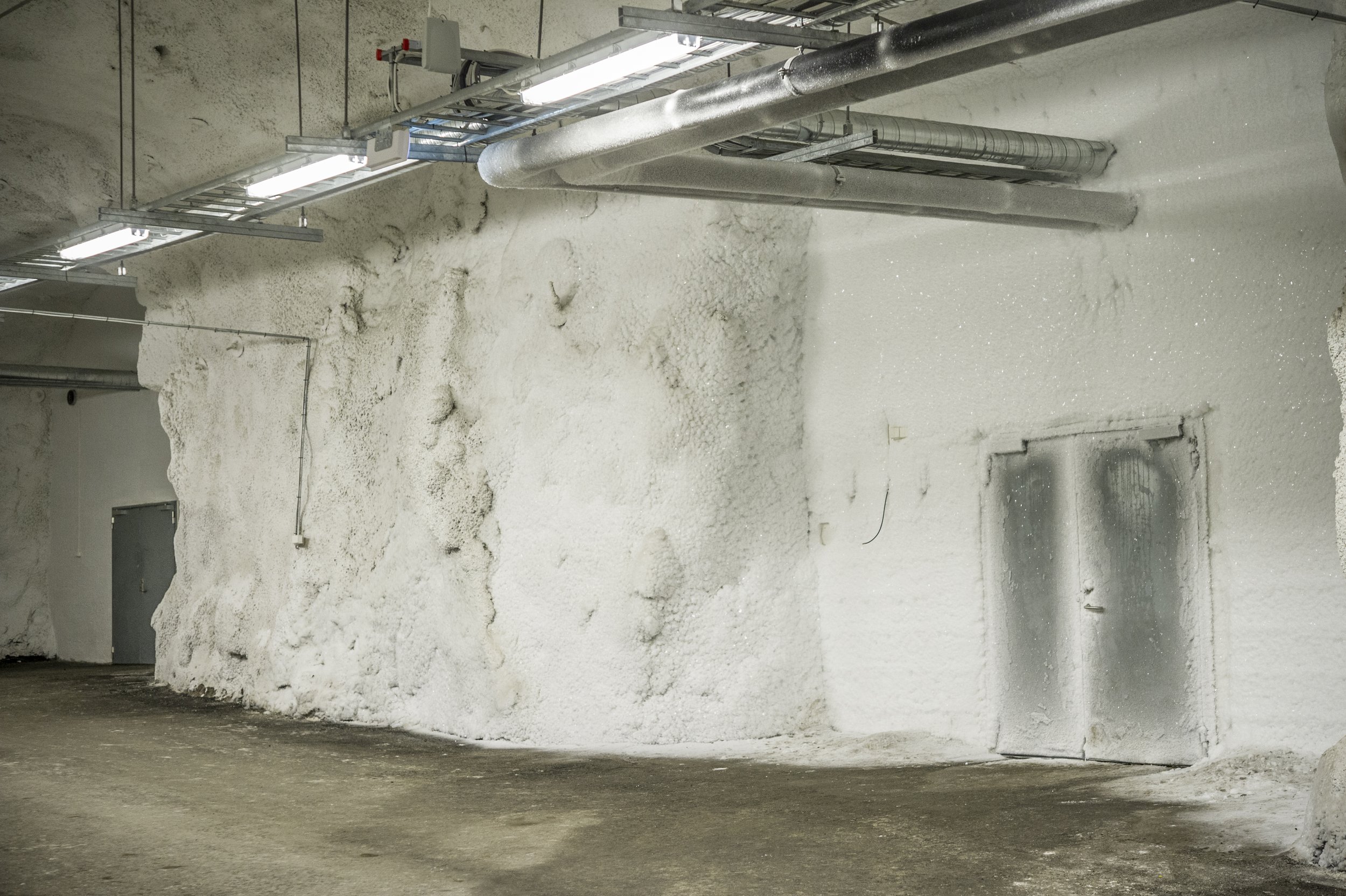NZ seeds included in Norwegian gene vault deposit
A New Zealand gene bank was one of ten from around the world to deposit samples to the Svalbard Global Seed Vault last week (Monday 14 February), the first deposit of 2022.
The vault already holds 1.1 million samples from nearly 6,000 plant species and 89 individual gene banks, making it the world’s most diverse and largest collection of crop diversity.
The Svalbard Global Seed Vault is a Norwegian venture.
Monday’s deposit of 20,443 seed samples includes species not previously represented in the vault, such as nearly 100 forage species from the Australian Pastures Genebank, and 50 crop species from the Leibniz Institute of Plant Genetics and Crop Plant Research (IPK), Germany. IPK’s deposit included wheat samples collected from the Austrian Alpine region in the 1920s, making them one of the oldest collections in the gene bank.
New Zealand’s Margot Forde Germplasm Centre deposited one box of 234 seed samples, alongside deposits from Sudan, Uganda, Germany, Lebanon, Australia, Morocco, Romania, Slovakia and Nordic countries.
The biggest deposit last week was made by the International Center for Agricultural Research in the Dry Areas (ICARDA) from their gene bank in Morocco. The 6,336-sample deposit brings their total holding to more than 100,000 samples, close to what it had before it made withdrawals in 2015, 2017 and 2019 to reestablish its gene bank collection damaged by war.
The gene vault sits on an Arctic mountainside on Spitsbergen Island halfway between mainland Norway and the North Pole.
Norway’s Minister of International Development, Anne Beathe Tvinnereim, says the ICARDA story, “demonstrates perfectly the role and function of the seed vault. By safeguarding duplicates of these invaluable collections, the seed vault offers an insurance policy for our common future.”
The Svalbard Global Seed Vault was established and owned by Norway, and operated in partnership between the Norwegian Ministry of Agriculture and Food, NordGen (the Nordic Countries’ genebank) and the Crop Trust.
Built on an Arctic mountainside on Spitsbergen Island, halfway between mainland Norway and the North Pole, it preserves crop seeds from war, disease and catastrophes, and is only opened a few times annually to limit exposure to the outside world.
The vault is only opened a few times annually to limit exposure to the outside world.
“The Seed Vault underpins the global system of genebanks charged with making sure the crop diversity we need to adapt our agriculture is safe and available,” says Crop Trust’s Stefan Schmitz. “Should anything happen to one of these genebanks, we know the Seed Vault holds copies of these invaluable materials. That is why we always rejoice when new diversity enters the seed vault.”
You can read a blog about the first deposit of the year here, and find out about the Crop Trust which is reliant on gene banks, in the video below.



